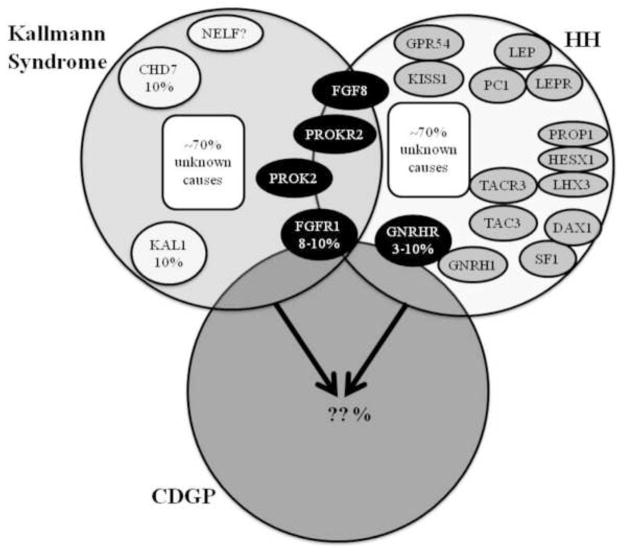Figure 1. Genetic basis of delayed puberty.
A paradigm for understanding the genetics of puberty is shown. Some genes underlying the pathogenesis of Kallmann Syndrome (KS) and hypogonadotropic hypogonadism (HH) have been identified and are depicted with each diagnosis; less is known about the genetic basis of Constitutional Delay of Growth and Puberty (CDGP). There is overlap between the three clinical entities as illustrated by the overlapping circles. There is also likely overlap in their genetic bases, as has been reported for FGFR1 (in KS, HH, and CDGP), GNRHR (in HH and possibly CDGP), PROK2 (in KS and HH), PROKR2 (in KS and HH), FGF8 (in KS and HH), and CHD7 (in KS and HH). Thus far, mutations in only GNRHR and FGFR1 have been found in cases of delayed puberty who are members of families with HH or KS but who themselves have no features of the more severe disorders [35,49,50]. Whether genetic variation in these genes plays a role in modulating pubertal timing in the general population (outside of families with HH or KS) is not clear [36,37] and has yet to be proven experimentally. In both KS and HH, approximately 70% of the genetic causes are still unknown. (Please see text for a more detailed discussion of these genes and their roles in these disorders.)
Figure modified with permission from Kaminski BA and Palmert MR. Human Puberty: Physiology, Progression, and Genetic Regulat ion of Variation in Onset. In: D Pfaff, A Arnold, A Etgen, S Fahrbach, and R Rubin, editors. Hormones, Brain, and Behavior (2nd ed). Elsevier Science (USA), San Diego, CA. Copyright Elsevier 2008.

